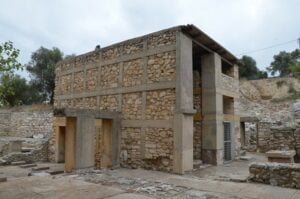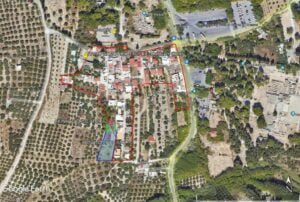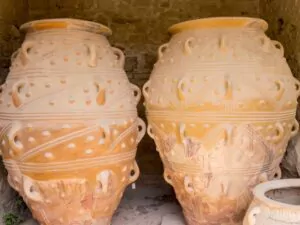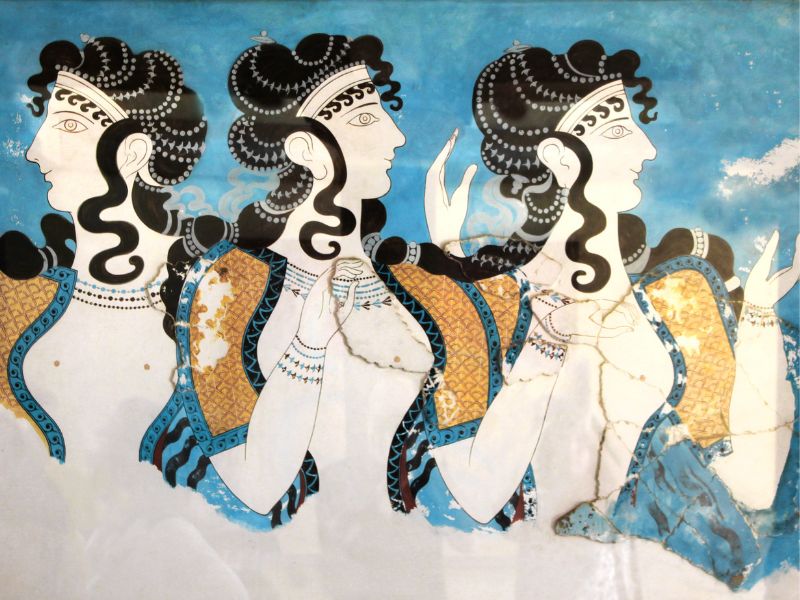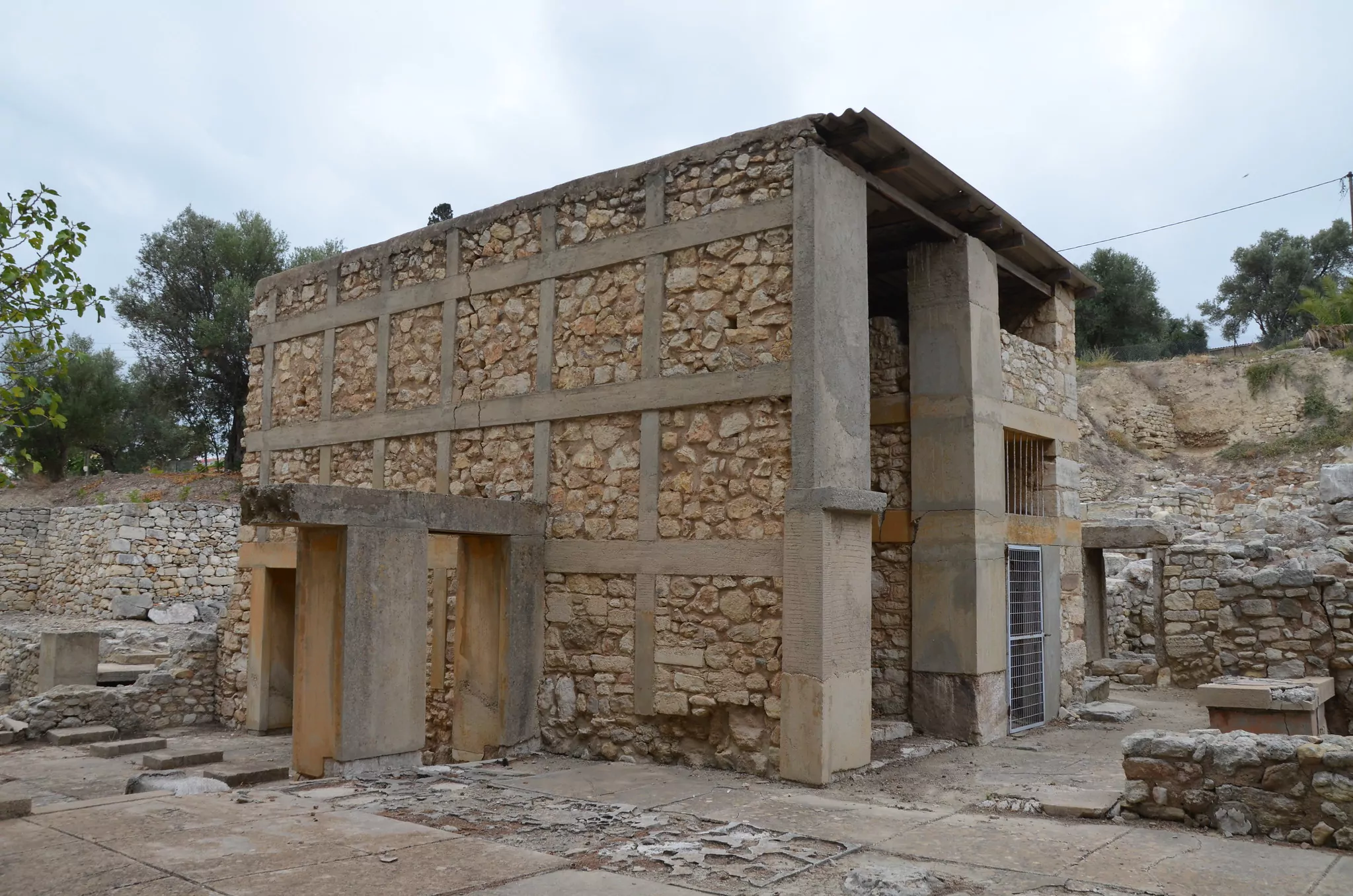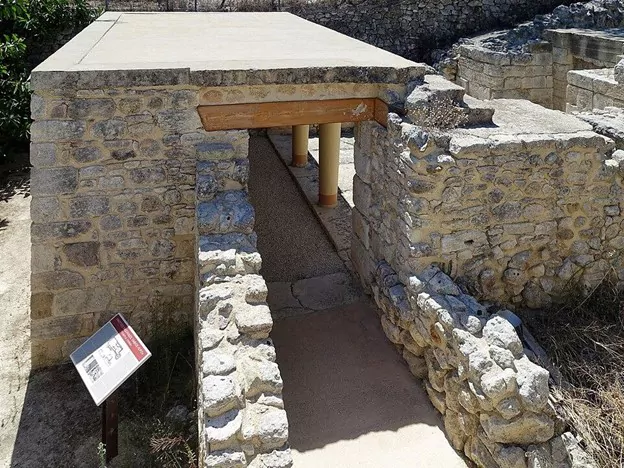
The Temple Tomb of Knossos: A Window into Ancient Cretan Culture
Table of Contents
Located south of the Palace of Knossos, the Temple Tomb is one of the most fascinating ancient ruins in Crete. While its original purpose remains unknown, the Temple Tomb was likely used for both funerary and cult functions during the Neopalatial period.
Over time, the building underwent successive phases of repair, and it still offers insight into the rich cultural and religious practices of the Knossian community. This article will explore the Temple Tomb’s history, architecture, and significance, inviting international tourists to discover this window into ancient Cretan culture.
Neopalatial Period and Successive Phases of Repair:
The Temple Tomb was built during the Neopalatial period, between 1700 and 1450 BCE. This period was marked by the height of Minoan civilization and the development of Knossos as a major economic and political center. Over the centuries, the Temple Tomb underwent successive phases of repair, including the construction of the underground burial chamber and the enclosure of the ground floor’s court.
These changes suggest the building was used for both funerary and cult functions, but the exact nature of these practices is still a matter of debate.
 Funerary and Cult Functions:
Funerary and Cult Functions:
The Temple Tomb’s ground floor features an enclosed court and a two-storey building that likely served as living quarters for the priests or priestesses who tended to the building.
The north side of the court leads to the pillar crypt and the underground burial chamber. This chamber is notable for its blue-painted ceiling and gypsum slab floor, which have been partially restored to their original state.
Upper Floor and Main Sanctuary:
The Temple Tomb’s upper floor is accessible via an internal staircase or an outdoor court on the east side of the building. The main sanctuary on this floor features four rooms and several stone horns of consecration. These horns were likely symbolically dedicated to the gods worshipped at the Temple Tomb and are one of the few examples of such objects found in Minoan architecture. Sir Arthur Evans Discovery and Reconstruction: British archaeologist Sir Arthur Evans was instrumental in the excavation and reconstruction of the Temple Tomb. He named the building the “Temple Tomb” due to the presence of the underground burial chamber, although it remains unclear if the building was actually used for religious purposes. Evans’ reconstruction efforts were controversial at the time, but they ultimately allowed the Temple Tomb to become one of the most recognizable and visited sites in Crete.
Importance of Temple Tomb in the Knossian Community:
The Temple Tomb’s importance in the Knossian community was likely two-fold. On one hand, it served as a burial site for the elite members of the community. The presence of rich grave goods and human remains in the underground chamber suggests that the people interred there were of high status and importance. On the other hand, it likely played a role in the community’s religious and cult practices, although the exact nature of these practices remains a mystery.
The Temple Tomb’s significance in the context of Minoan civilization cannot be overstated, and it stands out as one of the most important cultural and religious sites of the era.
The Temple Tomb of Knossos is a testament to the rich legacy of Minoan civilization, and its architecture and history offer a glimpse into the cultural and religious practices of the Knossian community. While much remains unknown about the Temple Tomb, its importance in the context of Minoan civilization cannot be understated. For international tourists visiting Crete, a visit to the Temple Tomb should be on the top of their list, as it offers a unique and fascinating window into ancient Cretan culture.
Sources – Further Research
McEnrone, J. (2010). Architecture of Minoan Crete. University of Texas Press.
Jarus, O. (2017). Knossos: Palace of the Minoans. https://www.livescience.com/27955-knossos-palace-of-the-minoans.html
German, S. (2020). Knossos. https://www.khanacademy.org/humanities/ancient-art-civilizations/aegean-art1/minoan/a/knossos
Ephorate of Antiquities of Heraklion – Knossos Scientific Committee. (2015). Knossos Documenta. https://knossosdocumenta.gr/en/the-palace-of-knossos/
Gibson, G., Morden, M., Rowbotham, W. (2017). Odyssey Adventures in Archeology. https://www.odysseyadventures.ca/articles/knossos/articleKnossos03.approach.html



